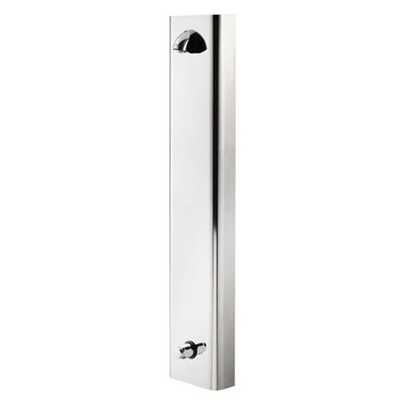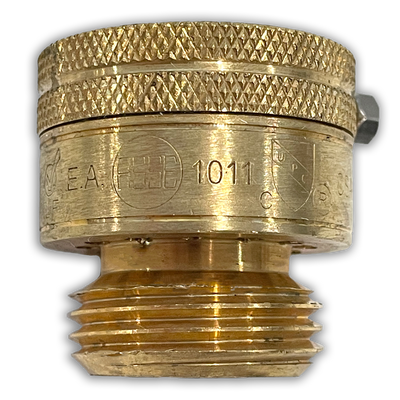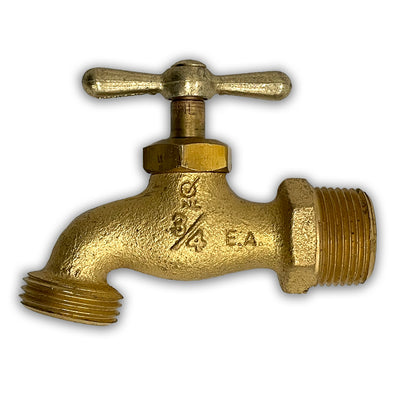Foot-Operated Valve Uses
In the world of industrial automation and everyday convenience, there are countless innovations that make our lives easier and more efficient. One such invention that often goes unnoticed but plays a crucial role in various industries is the foot-operated valve, commonly referred to as a pedal valve. This unassuming device has a wide range of applications that span across industries, from healthcare to manufacturing and beyond. In this blog post, we'll explore the various uses of a foot-operated valve and how it simplifies tasks and improves safety in different settings.
1. Healthcare
Foot-operated valves are commonly found in hospitals and healthcare facilities. They serve a critical role in maintaining hygiene and preventing cross-contamination. In surgical settings, healthcare professionals can use pedal valves to control water flow for handwashing and instrument sterilization without touching the faucet handles. This reduces the risk of spreading infections and ensures a sterile environment.
2. Manufacturing and Industrial Settings
In manufacturing and industrial environments, where hands are often occupied or contaminated, foot-operated valves come in handy. They are used for controlling machinery, conveyor belts, and air tools. Operators can start and stop processes or machinery with a simple press of the foot, allowing for precise control and increased safety.
3. Laboratories
Laboratories require strict control over various fluids and gases. Foot-operated valves are commonly used for controlling the flow of chemicals, gases, and water in experiments and analysis equipment. They offer precise control and prevent accidental spills or contamination that could occur when using hand-operated valves.
4. Commercial Kitchens
In busy commercial kitchens, hygiene and efficiency are paramount. Foot-operated valves can be found in sinks and dishwashing areas, allowing kitchen staff to control water flow without touching faucet handles. This not only reduces the risk of cross-contamination but also makes multitasking easier.
5. Automotive Repair
Automotive repair shops often use foot-operated valves for tasks such as operating hydraulic lifts, tire changers, and brake bleeders. This hands-free operation ensures the safety of mechanics and allows them to focus on their work without interruptions.
6. Agriculture
In agricultural settings, foot-operated valves are used in irrigation systems, allowing farmers to control the flow of water to different areas of their fields. This precise control is essential for efficient water management and crop growth.
7. Construction
Construction sites can be chaotic, with workers wearing gloves and protective gear. Foot-operated valves are used in heavy machinery, such as concrete mixers and grout pumps, to control the flow of materials. This hands-free operation enhances worker safety and productivity.
8. Entertainment and Events
In event management, where large crowds often gather, foot-operated valves are used for controlling portable sinks and handwashing stations. This ensures that attendees can maintain hygiene without the need for constant supervision.
Foot-operated valves, often overlooked in the grand scheme of technological advancements, play a vital role in various industries, enhancing safety, efficiency, and hygiene. Whether in healthcare, manufacturing, laboratories, or everyday settings like kitchens, these devices simplify tasks and reduce the risk of contamination. As we continue to prioritize cleanliness and safety, the foot-operated valve stands as a testament to human ingenuity in meeting these demands across a multitude of applications.
1. Healthcare
Foot-operated valves are commonly found in hospitals and healthcare facilities. They serve a critical role in maintaining hygiene and preventing cross-contamination. In surgical settings, healthcare professionals can use pedal valves to control water flow for handwashing and instrument sterilization without touching the faucet handles. This reduces the risk of spreading infections and ensures a sterile environment.
2. Manufacturing and Industrial Settings
In manufacturing and industrial environments, where hands are often occupied or contaminated, foot-operated valves come in handy. They are used for controlling machinery, conveyor belts, and air tools. Operators can start and stop processes or machinery with a simple press of the foot, allowing for precise control and increased safety.
3. Laboratories
Laboratories require strict control over various fluids and gases. Foot-operated valves are commonly used for controlling the flow of chemicals, gases, and water in experiments and analysis equipment. They offer precise control and prevent accidental spills or contamination that could occur when using hand-operated valves.
4. Commercial Kitchens
In busy commercial kitchens, hygiene and efficiency are paramount. Foot-operated valves can be found in sinks and dishwashing areas, allowing kitchen staff to control water flow without touching faucet handles. This not only reduces the risk of cross-contamination but also makes multitasking easier.
5. Automotive Repair
Automotive repair shops often use foot-operated valves for tasks such as operating hydraulic lifts, tire changers, and brake bleeders. This hands-free operation ensures the safety of mechanics and allows them to focus on their work without interruptions.
6. Agriculture
In agricultural settings, foot-operated valves are used in irrigation systems, allowing farmers to control the flow of water to different areas of their fields. This precise control is essential for efficient water management and crop growth.
7. Construction
Construction sites can be chaotic, with workers wearing gloves and protective gear. Foot-operated valves are used in heavy machinery, such as concrete mixers and grout pumps, to control the flow of materials. This hands-free operation enhances worker safety and productivity.
8. Entertainment and Events
In event management, where large crowds often gather, foot-operated valves are used for controlling portable sinks and handwashing stations. This ensures that attendees can maintain hygiene without the need for constant supervision.
Foot-operated valves, often overlooked in the grand scheme of technological advancements, play a vital role in various industries, enhancing safety, efficiency, and hygiene. Whether in healthcare, manufacturing, laboratories, or everyday settings like kitchens, these devices simplify tasks and reduce the risk of contamination. As we continue to prioritize cleanliness and safety, the foot-operated valve stands as a testament to human ingenuity in meeting these demands across a multitude of applications.




